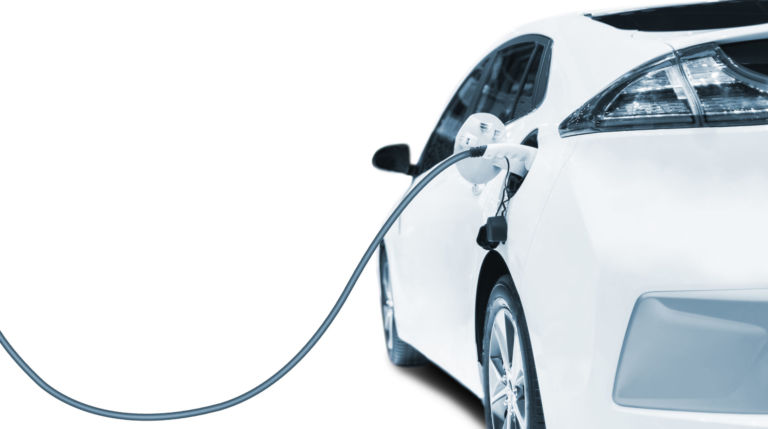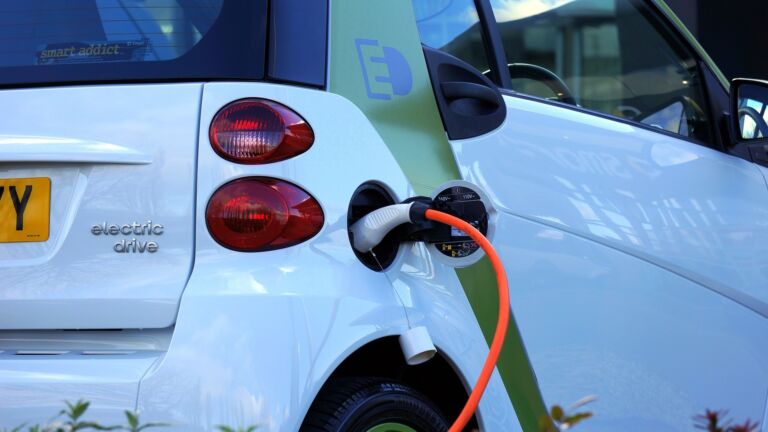Breanne Deppisch writes for the Washington Examiner about ongoing concerns surrounding electric vehicles.
Many drivers remain not sold on switching their gas-powered vehicles for electric vehicles because they fear the cars won’t be reliable, they lack access to charging infrastructure, or they have so-called “range anxiety.”
Washington, D.C., resident Kayla Maurer drives a hybrid vehicle to her workplace in Silver Spring. And while she said she is open to the idea of purchasing an EV at some point, she said a lack of charging access at home poses a challenge, at least for now.
“Thinking about where and how long it’d take me to charge my vehicle every day would be difficult,” she said in an interview.
Road trips or other travel with friends might also prove more difficult, at least until more charging infrastructure is built out. “I would love to make the switch at some point,” she said.
Such hurdles stretch far beyond the Washington area and pose a problem for the Biden administration’s goal of ensuring that 50% of new cars sold are EVs by 2030. Achieving this sales target requires reaching drivers who live in rural areas, with fewer public chargers, or urban areas, where off-street parking is scarce.
The administration is pushing EV adoption with rules on gas cars and subsidies for EVs. Under the Inflation Reduction Act, consumers can receive up to $7,500 in tax credits designed to help offset high upfront EV costs.
The administration is aware the country is not ready to switch to EVs and would need much more infrastructure — it has poured billions into such networks. The Bipartisan Infrastructure Law allocated $7.5 billion in funds to develop a so-called national EV charging corridor, with the aim of building out 500,000 high-speed charging stations across 75,000 highway and interstate miles across the United States.


